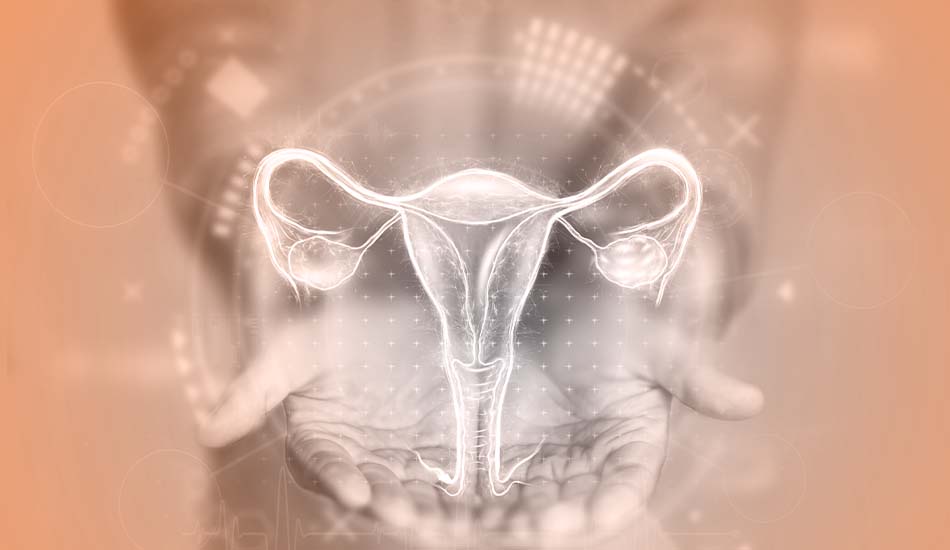
From Diagnosis to Recovery: A Guide to Uterine Fibroid Surgery
Thursday, 23rd May 2024Uterine fibroids are non-cancerous growths in the uterus that can cause significant discomfort and complications for some women. When fibroids lead to severe symptoms or interfere with daily life, surgery may be the best option. This guide provides an in-depth look at the journey from diagnosis to recovery, helping you understand what to expect at each stage of uterine fibroid surgery.
Understanding Uterine Fibroids
Uterine fibroids, also known as leiomyomas or myomas, are benign tumors that develop from the muscular tissue of the uterus. They can vary in size, number, and location, and while many women with fibroids experience no symptoms, others may suffer from heavy menstrual bleeding, pelvic pain, and other complications.
Diagnosis of Uterine Fibroids
Initial Symptoms
Common symptoms that may lead to a diagnosis of fibroids include:
- Heavy or prolonged menstrual periods
- Pelvic pain or pressure
- Frequent urination
- Difficulty emptying the bladder
- Constipation
- Backache or leg pains
Diagnostic Tests
To confirm the presence of fibroids, your healthcare provider may perform the following tests:
- Pelvic Examination: A physical exam to check for an enlarged or irregularly shaped uterus.
- Ultrasound: Imaging test that uses sound waves to create a picture of the uterus and identify fibroids.
- MRI: Provides detailed images of the uterus and helps in planning treatment.
- Hysteroscopy: Involves inserting a small telescope through the cervix into the uterus to examine the uterine cavity.
- Laparoscopy: A surgical procedure where a camera is inserted into the abdomen to view the uterus and other pelvic organs.
Deciding on Surgery
When to Consider Surgery
Surgery may be considered if:
- Fibroids cause significant pain or heavy bleeding.
- Fibroids interfere with fertility or pregnancy.
- Other treatments have failed or are not suitable.
- The size or location of the fibroids causes other health issues.
Types of Uterine Fibroid Surgery
- Myomectomy: Surgical removal of fibroids while preserving the uterus, suitable for women who wish to maintain fertility.
- Hysterectomy: Removal of the uterus, considered when other treatments are ineffective or not desired. This procedure eliminates the possibility of fibroid recurrence.
- Minimally Invasive Procedures: Techniques such as laparoscopic or robotic-assisted myomectomy, which involve smaller incisions and shorter recovery times.
Preparing for Surgery
Pre-Surgery Consultation
During the pre-surgery consultation, your doctor will:
- Review your medical history and conduct a physical examination.
- Discuss the surgical procedure, including risks and benefits.
- Provide instructions on how to prepare for surgery, such as fasting and avoiding certain medications.
Pre-Surgery Tests
You may undergo various tests to ensure you are fit for surgery, including blood tests, a chest X-ray, and an electrocardiogram (EKG).
The Surgical Procedure
Anesthesia
Surgery is performed under general anesthesia, meaning you will be asleep and pain-free during the procedure.
The SurgeryDepending on the type of surgery, the procedure will involve:
- Myomectomy: The surgeon removes fibroids from the uterus while preserving the uterine tissue. This can be done through open surgery, laparoscopy, or hysteroscopy.
- Hysterectomy: The surgeon removes the uterus, and in some cases, the ovaries and fallopian tubes. This can be performed through the abdomen (abdominal hysterectomy), the vagina (vaginal hysterectomy), or using minimally invasive techniques (laparoscopic or robotic hysterectomy).
Post-Surgery Recovery
Immediate Post-Surgery Care
After surgery, you will be monitored in a recovery room until the effects of anesthesia wear off. You may experience some pain and discomfort, which can be managed with medication.
Hospital Stay
The length of your hospital stay will depend on the type of surgery performed. Minimally invasive procedures typically require a shorter stay (1-2 days) compared to open surgery (3-5 days).
Home Recovery
- Rest and Activity: Rest is crucial in the initial weeks following surgery. Gradually increase your activity level as advised by your doctor.
- Pain Management: Take prescribed pain medications as directed to manage discomfort.
- Wound Care: Keep the surgical site clean and dry, and follow your doctor’s instructions for wound care.
- Diet and Hydration: Eat a balanced diet and stay hydrated to support healing.
Follow-Up Appointments
Regular follow-up appointments with your healthcare provider are essential to monitor your recovery and address any concerns. Your doctor will check for signs of infection, assess healing, and discuss any necessary lifestyle changes.
Long-Term Recovery and Results
Gradual Return to Normal Activities
It may take several weeks to months to fully recover, depending on the type of surgery and your overall health. Follow your doctor’s advice on when to resume activities such as exercise, work, and sexual activity.
Monitoring and Maintaining Health
- Regular Check-Ups: Continue with regular medical check-ups to monitor your overall health.
- Healthy Lifestyle: Maintain a healthy lifestyle, including a balanced diet, regular exercise, and managing stress.
Success Stories: Real Patient Experiences
Emma’s Recovery from Myomectomy
Emma, a 34-year-old woman, shares her experience: "After struggling with heavy bleeding and pain, I opted for a myomectomy. The surgery was successful, and I was able to return to my normal activities within a few weeks. I'm now planning for a family, and I'm grateful for the care I received."
Sarah’s Journey with Hysterectomy
Sarah, a 45-year-old mother of two, recounts her story: "I chose a hysterectomy after other treatments failed. The recovery was challenging, but the support from my family and healthcare team made it manageable. My quality of life has improved dramatically, and I no longer suffer from the symptoms that once affected me daily."
Conclusion
Uterine fibroid surgery can significantly improve the quality of life for women suffering from severe symptoms. Understanding the process from diagnosis to recovery helps in making informed decisions about treatment options. If you’re considering fibroid surgery, consult with a qualified healthcare provider to discuss your options and develop a personalized treatment plan. With proper care and support, a successful recovery is within reach, leading to a healthier, more comfortable life.


